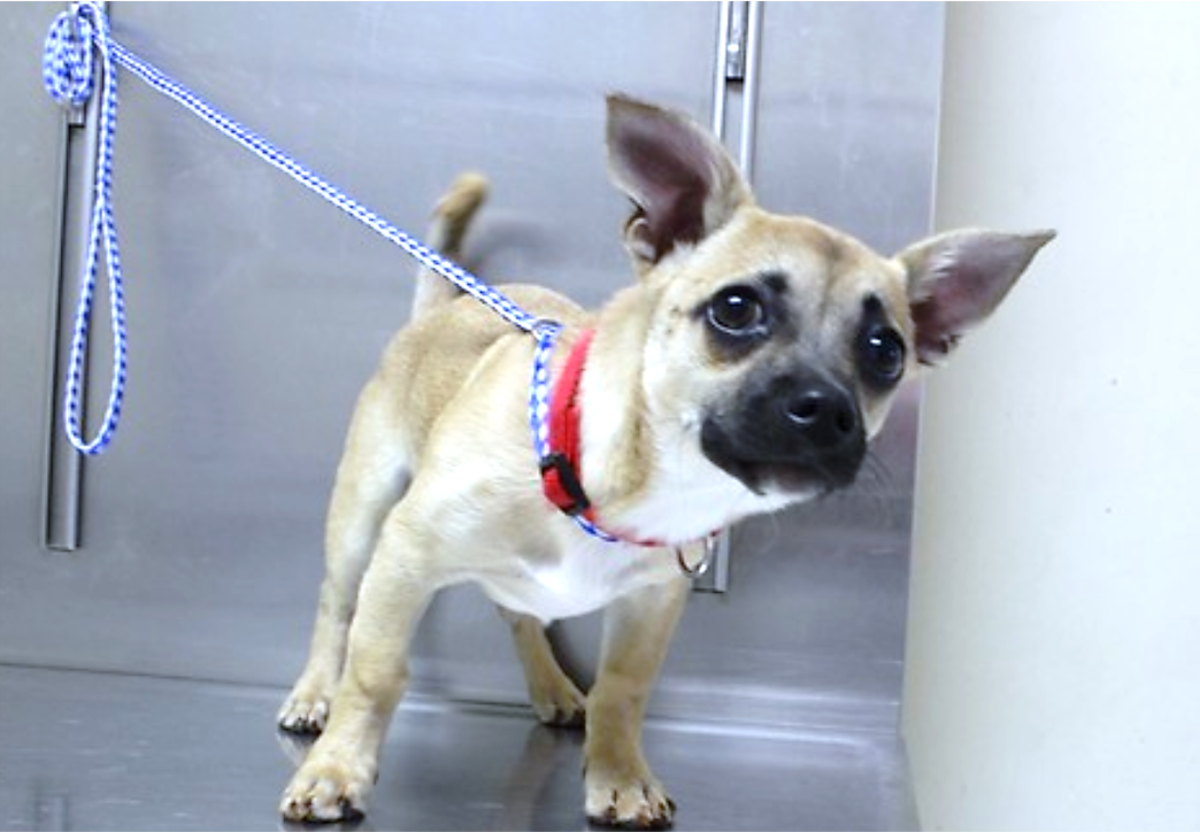Is Dog Clicker Training for You?
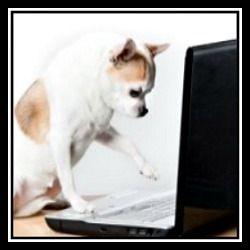
The Importance of Dog Training
A dog plays a special role in a home as he is almost like a part of the family. Just as we love our children, while we train them and guide them in preparation for the outside world, we also love our dogs and need to train and teach them too.
It is a proud feeling to have trained a dog properly so that he is well mannered and obedient. It does not come naturally for dogs to obey. They need to be shown, with firmness and kindness, but never through physical pain.
A dog should never ever be hit or smacked. This will only make them more nervous or aggressive. Instead they need a lot of patience and perseverance too.
Why perseverance? Because when you decide to train your dog yourself with the guidance of someone or with a handbook, please remember the most important thing - is repetition. Any type of act or trick has to be done again and again until they get it!
It is only when the task or command is repeated that he will get the hang of it and eventually learn it. Dog's need to be reminded constantly, just like children, and instructions need to be repeated again and again.
But once he is trained, he will hardly need any instruction as he will be well behaved and with a good temperament too.
Personally I prefer to use a clicker tool when I train my dogs and in my opinion, Clicker Dog Training is one of the most effective ways to train a dog.
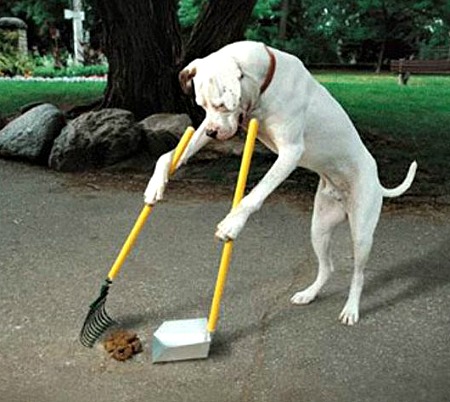
What Is Dog Clicker Training?
Dog Clicker Training is a dog training method that we used for our dogs in the past. This method of dog training is based on behavioral psychology. It relies on acknowleding desirable behavior and rewarding it, so that your dog will respond only to positive re-enforcement. Punishment is never used in dog clicker training nor is unwanted behavior ever rewarded. Read on to learn more about Dog Clicker training.....
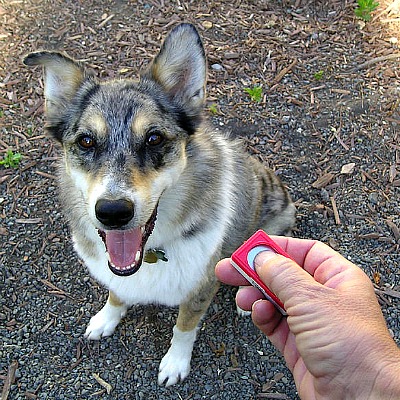
How Does Dog Clicker Training Work?
Acceptable behavior is marked by using a "clicker," which is a mechanical device that makes a distinct "click" sound. This tool communicates to the dog, specifically when he is doing the acceptable behavior.
Dogs respond very well to dog clicker training because it is a form of communication that easy for them to understand when it is combined with positive reinforcement, and positive reinforcement is the key. It is an effective, safe, and humane way to teach your dog any behavior that he is mentally and physically able to perform.
"When an animal intentionally performs a behavior in order to bring about a desired consequence, as clicker trained animals do, they are learning in a way that researchers call "operant conditioning," states Karen Pryor, Dog Clicker Training expert.
Researchers have found that by using punishment, instead of positive reinforcement, the results are often other types of unwanted behavior such as aggression. It is hard to predict what type of behavior will come from using punishment to control your dog.
Dog's seem to perceive punishment as something with no meaning. They don't understand what the circumstance was that provoked the punishment so it is a much less effective form of training. Many times the dog becomes intimidated through the fear it is experiencing and responds to that fear by the "fight or flight" syndrome, by either cowering or attacking.
Dog clicker training works because it helps to form a lasting bond between owner and dog, when the positive reinforcement is used, that makes the relationship stronger and more rewarding. The dog learns not to react out of habit, but instead respond to the sound of the clicker and the reward that comes with it. This is a much more effective and humane way of handling your dog.
The Queen of Clicker Training
An Introduction to Clicker Training
This will allow you to introduce your dog to the new skill in a gradual, positive way. Use the class to practice and refine the skill in a distracting location. If your dog doesn't know the skill the class is working on, then work on a skill your dog knows. Train the new skill in small incremental steps at home."
The next two lists of questions below will help you determine whether a dog clicker training class is a good fit for you and your dog. Be sure that you interview and observe the person that will actually be teaching your class.
Note: Use these next two sets of questions as your check list guides to help you decide whether or not to hire a trainer.

Karen Pryor Clicker Training Kit
To get started with your puppy dog's training, I recommend a Karen Pryor Clicker Training Kit. It is the easiest and most effective way to get started training from home.
Karen has several different kids available to choose from. Every kit comes with a training book, the new i-Click clicker tool, treats and an instruction booklet on how to use the clicker. The larger kits also include training cards and DVDs.
Clicker Training Basics - Getting Started With Clicker Training
10 Questions To Ask The Dog Clicker Training Instructor
Before you sign up for a Clicker Dog Training Class, go over this check list to be sure you are getting into a quality dog clicker training class.
- What are the qualifications of the person that will teach the class?
- Does the instructor require a choke, check, or slip collar? (These are used to correct a dog, and are required in correction-based training classes. Avoid these classes.)
- What are their teaching philosophies/learning theories?
- How many dogs in the class? (Most clicker trainers find that beginning classes are best limited to eight dogs.)
- Can you observe the class (without your dog)?
- What books and DVDs or videos do they recommend you read before the class? Read them and see if you agree with what they say.
- Does the instructor employ assistants? What are their qualifications? Will they be helping with the actual instructing?
- Ask if clickers are allowed. Make sure that you are not convinced not to bring one along.
- Does the instructor ask you what you want to get out of the class, whether socialization, obedience, or a specific solution to a problem? Your instructor should be aware of your personal goals for training your dog.
- Do they encourage the entire family to come and work with your dog? Dog training affects everyone in the family.
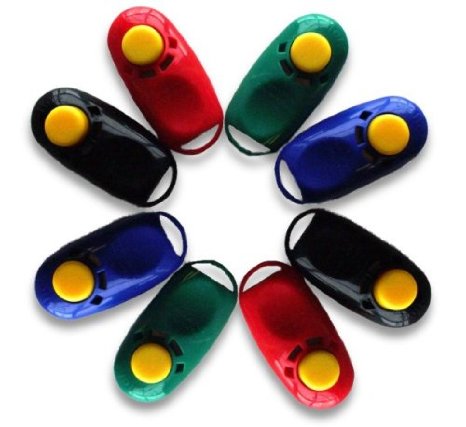
Karen Pryor i-Click Dog Training Clicker
Of course, if you decide to user Clicker Training Techniques to train your dog, you will need at the very least, a clicker. I have found it best to have several of them on hand.
Dogs like to chew on things and it will happen that one or two clickers will inevitably get chewed up so I have found it best to buy a pack of them in order to have spares on hand. Some like to keep one in every room the dog will be sharing with you.
These clickers were designed by Karen Pryor and I really feel she is the expert in this type of dog training. These clickers are smaller than many of the mass produced clickers found on the market and they are not as noisy making them much more pleasant on the ears of both the human and canine.
They are also very reasonably priced when purchased in a pack of 3 or more.
10 Things To Watch For In A Dog Clicker Training Class
- Does the instructor tell the students to correct their dogs (using squirt bottles, leash pops, or loud commands)? Or do they show students how to respond without corrections?
- Does the instructor encourage the students to use a variety of reinforcements (food, toys, or play)?
- Do the students ask questions? Are they answered?
- Are all the dogs wearing the same kind of collar to correct their behavior? (This shows that the instructor is not helping students find individual solutions.)
- Are all the students doing the same things simultaneously (as a drill)? Each dog and handler should be encouraged to learn at their own rate.
- Is the instructor correcting people, or showing them a positive way to succeed?
- Do the dogs seem happy and relaxed, or are they nervous (licking, yawning, or barking)?
- Are the humans relaxed, smiling, and comfortable?
- Does the instructor see dogs as adversarial? Do they explain a dog's behavior as sneaky, deceitful, or stubborn?
- Does the instructor criticize other training methods, yet does not explain why they don't work?

Ways to Eliminating Unacceptable Dog Behaviors
Training a dog to have behaviors acceptable to humans is an important part of a dog social development in today's world. Some people want to train their dogs to develop skills, and others just want their dogs to learn how to do tricks just for sheer entertainment purposes.
Dogs will naturally show many instinctual behaviors that humans have not yet been able to breed out of them, even when highly domesticated. Many of these natural instincts need to be repressed or subdued to be able to live in today's society.
There are several common behavior problems that most people simply can not tolerate. It must be understood that correcting unacceptable behavior will not happen overnight and does take patience and consistency.
Here are some suggestions to solve a number of problems usually encountered by dog owners.
I. Undesirable Barking
Barking is the main medium of communication for dogs. However, some dogs tend to bark excessively in which case the owner can do the following actions:
a) If he is barking don't say no. Dogs just can't understand our language and saying "no" repetitively to a dog can excite him and give him the impression that you too are barking and trying to communicate with him.
b) Practice consistency. Use only one command when you want him to stop barking so as not to give mixed messages. By using the same command over and over, the dog will learn what you are trying to teach.
c) Don't get mad at him, be patient enough to drive him to the behavior you want to modify. When you lose your cool, you are only going to add to the behavior problem.
d) Reward him immediately whenever he picks up your command. Don't let a good behavior pass without rewarding it accordingly. Your pet really does want to please you and with positive reinforcement will be encouraged towards more acceptable behavior.
II. Chewing Behavior
Puppies are natural chewers. They use chewing for several reasons. The first is an instinct to work the muscles to strengthen their jaws and mouths, that will be used to hunt when they are old enough to do so. As puppies, they will also chew when teething, when they are bored, and when playing to test their own strength.
Like children, they use their mouths to learn about their new environment. Everything that they encounter will go into their mouths.
To eliminate excessive chewing you can do the following:
a) Put him in a crate where he won't have access to items in the house that can be chewed. Crating dogs is not being mean. Dogs feel safe in their crates instinctively, as if they were in their den in the wild.
b) If you still don't want to confine him in a crate, then be prepared for constant supervision and close monitoring. You do not want to find a tear in your couch because your puppy was chewing up the upholstery.
c) Buy him chew toys. The puppy's chewing tendencies will never be satisfied if he doesn't get to chew on something. If you don't want him gnawing on your furniture, it is best to invest in chew toys. Sticks work well too as long as they are sturdy enough for the pup to chew on for a while before chewing through them.
d) The puppy does not know the difference between an old shoe and a new shoe so instead of giving him shoes; give him other items that are permissible to be chewed. Toys, but not plush toys, may be good alternatives. Always remember to substitute an acceptable chewing item for an unacceptable one
e) Puppies need a lot of exercise to work off all of that puppy energy. Chewing can also be a result of too much energy being stored up in the body. If he gets enough exercise to tire him out he will be less likely to chew.
III. Unwanted Digging
Another primal instinct of dogs is digging. Digging excessively can be due to boredom, wanting to escape from an uncomfortable environment, needing a cooler place to rest, to hide something like a bone or to make a den. While dogs used digging for many reasons in the wild, many people look at it as destructive behavior and intolerable.
Here are some solutions to avoid undesirable digging behavior:
a) Allow a specific area for him to dig. This way, you will prevent any occurrences of digging in inappropriate places. To condition him to dig the specific area alone, you should try to make it a rewarding experience and punish him whenever he looks for other places to dig.
b) You could also try deterring him from digging in inappropriate places by putting small amounts of diluted ammonia, hot pepper or black pepper in the area.
Unwanted dog behaviors can be tailored according to your particular life style, wants and needs through proper dog training or dog obedience classes. Be prepared to so some research in your local area to select the best training classes available.
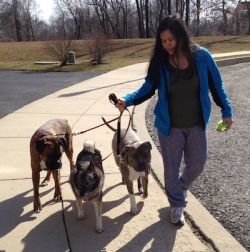
Pack Mode - Establishing Leader of the Pack
No matter what type of training you decide to use for your dog, it is imperative that the dog understands from day one, who is the leader of the pack.
The first thing that I do when I get an adult dog is straddle the dog, from behind the head as you would a horse, and gently but firmly, bite the nape of the dog's neck. This sounds bizarre, but in the dog's world this is letting him know that you are the alpha dog of the pack.
When you leash him to go for a walk, never let the dog out of the door first leading you. You must always walk out the door first with your dog following from behind. This re-establishes that you are the alpha-leader of the pack and dominant over him.
With a puppy, if you pick him up from the scruff of the neck as his mother would, this establishes your dominance right away.
As dogs grow and get older, especially male dogs, they will test your "leadership of the pack" occasionally. the first sign of a male dog testing your control as the leader will be by ignoring you when you give a command.
When this type of behavior begins to surface, re-establishing your control is imperative. One quick method to get the dogs attention is by using a squirt gun. When you give the command and he does not respond or walks away from you, give a quick squirt to the snout, and issue the command again. The shock of it is so unexpected it will usually startle him into responding to the next command.
When he does respond after the startle of the squirt gun, remember your clicker and treat, to reward for an acceptable behavior.
Get the Right Dog Clicker Training Equipment
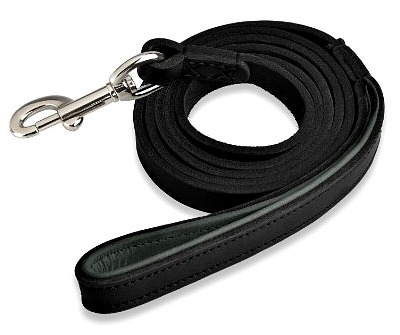
Leather Canine (K9) Training Leash by Lavien
A high quality leather training leash will have long lasting durability will getting supple and softer with use. I like this leather leash for dog training because it is a law enforcement and military grade training leash meaning it it is one of the best used in dog training.
The leather has been oiled to protect the leather while removing initial stiffness. The metal hardware includes a solid snap hook to attach to the collar ring. This beautiful leather leash is handmade in the USA by Amish artisans.
Included with the belt is a small pouch that the manufacture recommends using to hold keys, cell phone or a wallet when out walking the dog, but I like to use it to hold dog treats.
Do You Have Any Questions About Dog Clicker Training?


